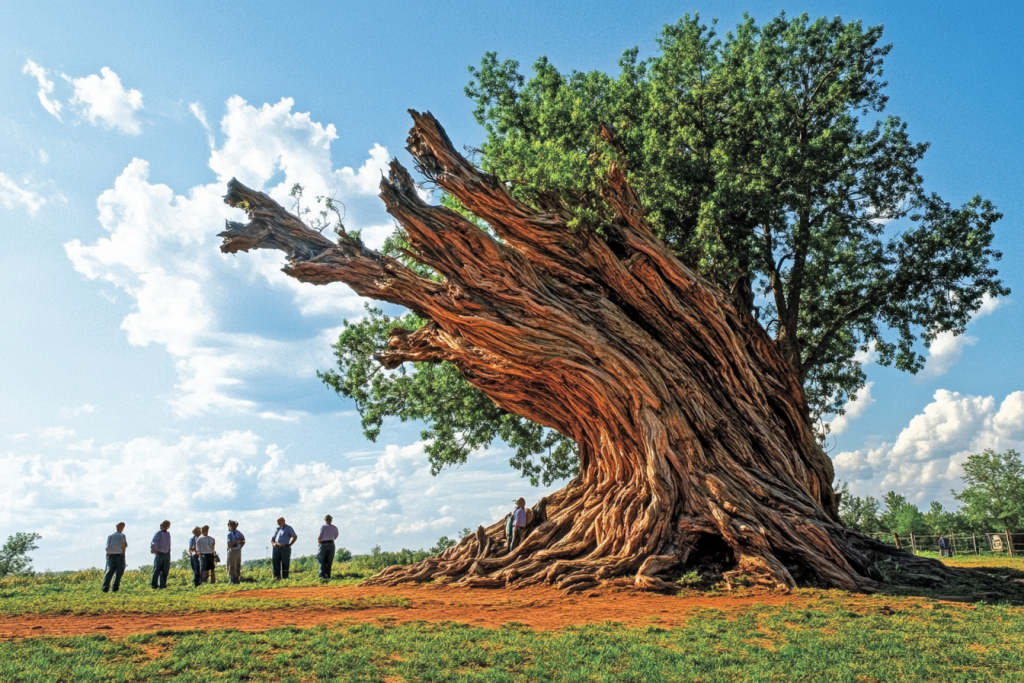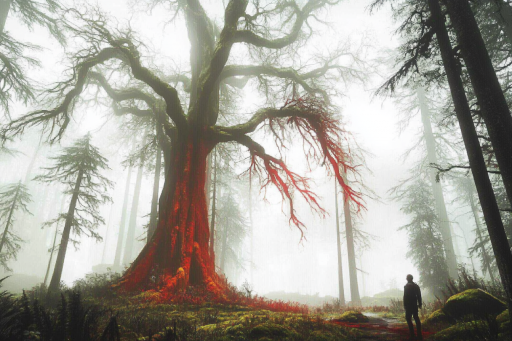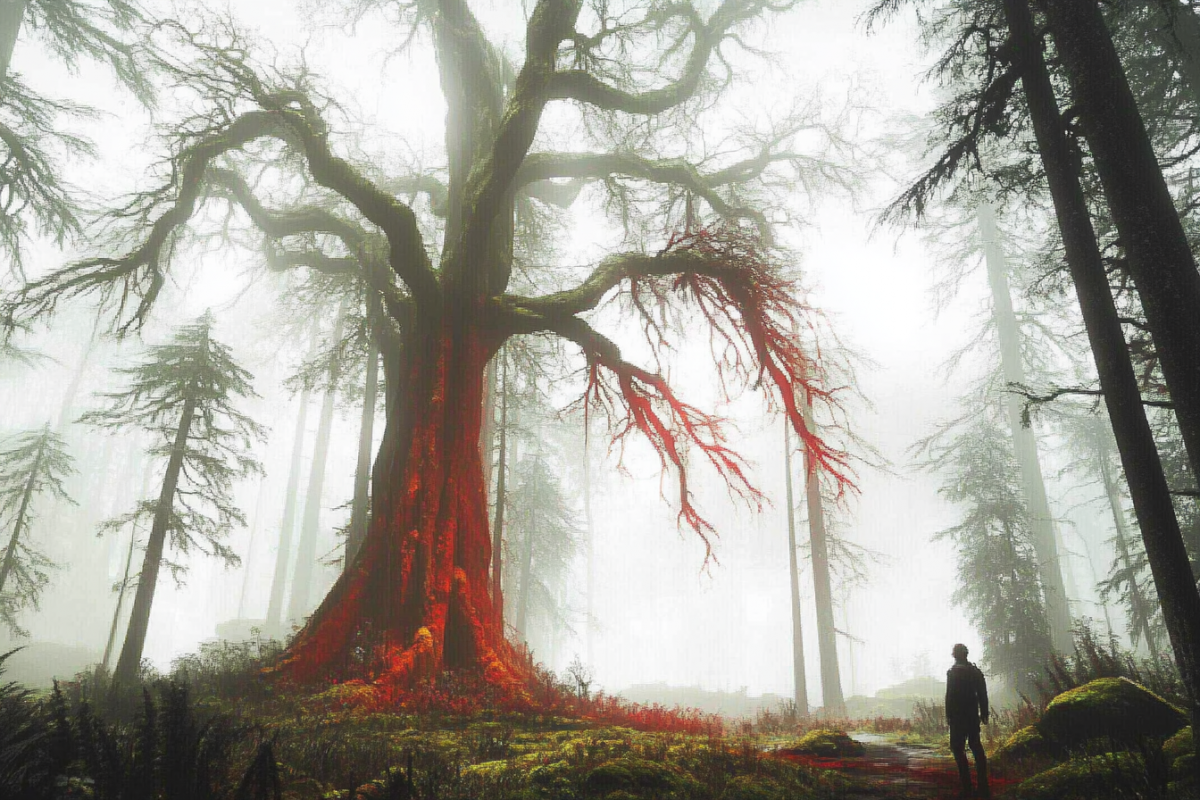
Plants and trees may seem like passive, predictable parts of nature, but some species defy everything we think we know about biology. From trees that appear to bleed to plants that communicate through underground networks, their abilities challenge the limits of science. These strange organisms have puzzled researchers for years, revealing that the plant kingdom holds mysteries we are only beginning to understand. Could there be even more hidden capabilities in the natural world waiting to be uncovered?
The Tree That Bleeds Like an Animal

Deep in the forests of South Africa and South America, the Dragon’s Blood Tree and the Bloodwood Tree release a thick, red sap when cut. The eerie resemblance to real blood has sparked myths and legends for centuries. Scientists say the sap acts as a natural healing agent, helping the tree recover from wounds. Could this be a form of plant intelligence, or is there a deeper mystery behind these bleeding trees?
The Immortal Tree That Never Dies

Some trees seem to defy death itself. The Pando Aspen Grove in Utah is a single organism made up of thousands of genetically identical trees, all connected by a massive underground root system. While individual trunks may die, the organism itself has existed for over 80,000 years, making it one of the oldest living things on Earth. Could this be nature’s way of achieving a form of biological immortality?
The Plant That Traps Radio Waves

In the forests of South America, the Bamboo Palm is said to absorb and disrupt radio signals. Researchers testing communication equipment in the jungle discovered that areas filled with this plant had significantly weaker signals. Some speculate that the plant’s unique structure interacts with electromagnetic waves in ways we don’t yet understand. Could this be an example of nature manipulating unseen forces?
The Tree That Grows Backward

The Saksaul Tree, found in Central Asia’s deserts, has an unusual ability—its branches seem to grow upside down. Instead of stretching toward the sky, its limbs twist downward, almost as if gravity works differently on this plant. Scientists believe this adaptation helps it conserve water, but some locals claim it has supernatural properties. Could its growth pattern hint at an undiscovered survival mechanism?
Plants That “Talk” Through Underground Networks

Hidden beneath the forest floor is a vast communication system known as the Wood Wide Web. Trees and plants share nutrients and even send warning signals through underground fungal networks. Scientists have observed plants “helping” their sick neighbors by transferring resources. Could plants possess a hidden intelligence that allows them to cooperate in ways we never imagined?
The Mysterious Dancing Plant That Reacts to Sound

The Desmodium Gyrans, also called the Telegraph Plant, moves its leaves in response to sound waves, especially music. Unlike other plants that react to light, this species seems to “dance” when exposed to certain frequencies. Scientists believe it may be responding to vibrations in the air, but why this behavior evolved remains a mystery. Could plants have a hidden sense for sound?
The Seed That Refuses to Sprout for Centuries

The Judean Date Palm went extinct centuries ago—until scientists discovered ancient seeds buried in ruins. In an incredible feat, they successfully germinated a 2,000-year-old seed, bringing the lost species back to life. How did the seed remain viable for so long, and could other extinct plants be revived in the same way?
The Tree That Grows in Stone

In remote parts of India and Indonesia, trees are found growing directly out of solid rock. Their roots wind through the stone as if it were soft soil, creating an unexplainable phenomenon. While scientists suggest the roots follow microscopic cracks to access water, locals believe these trees hold mystical energy. Could nature be breaking the laws of physics before our very eyes?
The Glow-in-the-Dark Plants That Might Light the Future

Some plants naturally produce a faint glow at night, such as certain types of mushrooms and algae. Scientists have taken inspiration from these species to develop bioluminescent plants, which could one day replace streetlights. By harnessing these glowing plants, could we create a future where nature provides its own illumination?
When Science Can’t Explain Nature

The world of plants and trees is far more complex than we ever imagined. From biological immortality to mysterious underground networks, these natural wonders challenge the limits of what we consider possible. If science still struggles to explain these strange abilities, what other secrets could nature be keeping hidden?





